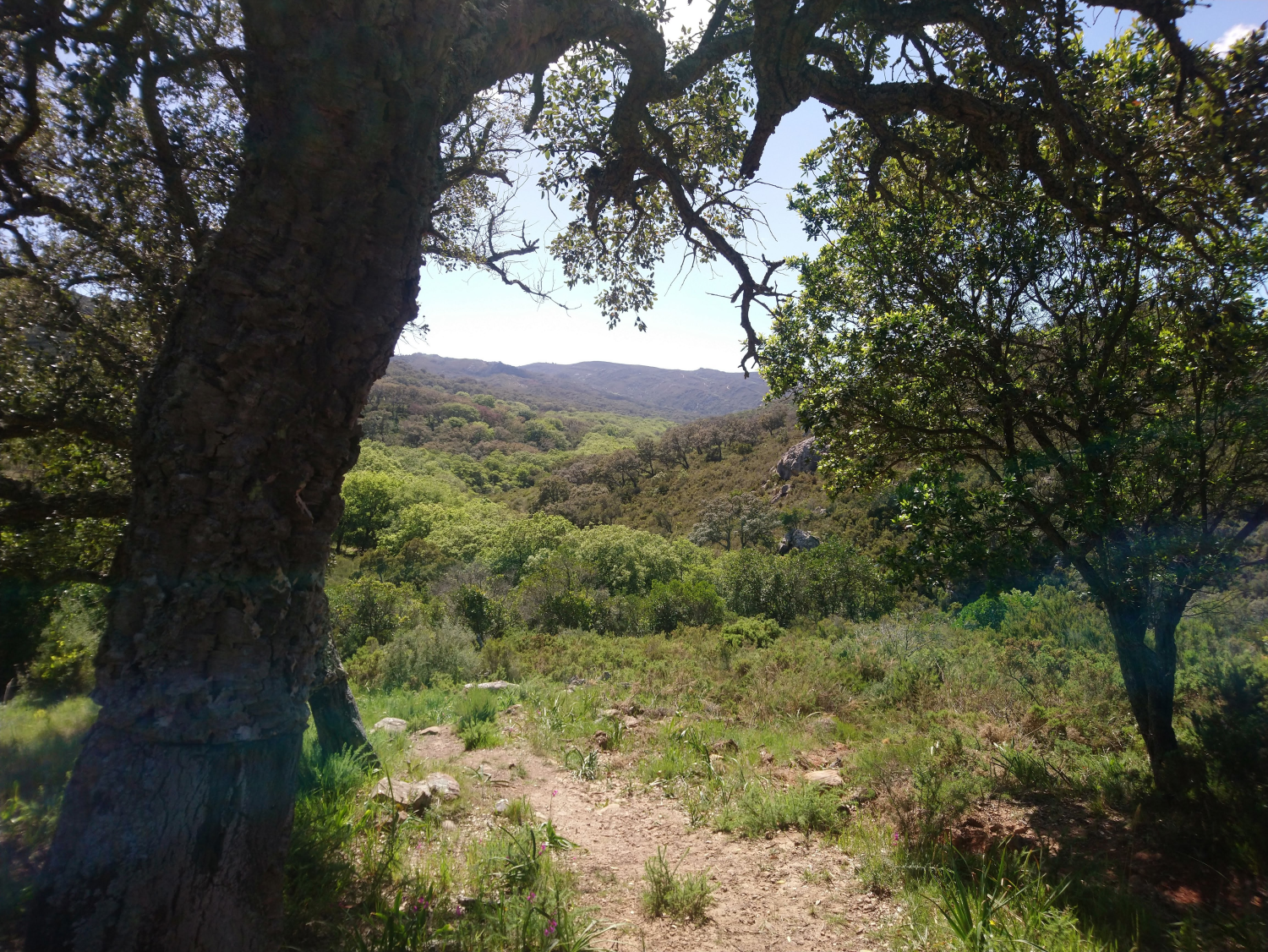Charger images
Les formats d'image autorisés sont de type jpeg, png ou gif
La taille maximale du fichier doit être de 20MB


The small valleys (canutos) that cut into the Alcornocales form a unique habitat with 40 ferns relics of the Tertiary thanks to the moist micro-climate.
The vegetation of the sandstone Alcornocales is dominated by cork oaks (from which the name is derived) and a mixture of Algerian oak, scrub and heathland with extrusions of rocky crests. The narrow more deeply incised ‘canutos’ found at the bottom of many valleys, however,support trees like Alder, various elms and Narrow-leaved Ash, mosses and ferns and even its own local susbspecies of rhododendron. They are the best places in the region to search out the near-endemic Pouillot ibérique. Another bonus is that on days when the Spanish sun is at its most blistering worst they form a blissfully cool retreat from the harshness of late spring and summer. One of the best and most accessible of these canutos is the Valledelinfierno.
The Valledeinfierno is signposted off the service road between Junctions 73 and 77 of the A 381. There's a convenient car park at the start of the route and another further along the track. Part of the route is suitable for wheelchair users.
Votre feedback sera transmis à l’auteur.rice de cette zone et à l’équipe éditoriale de Birdingplaces, qui l’utiliseront pour améliorer la qualité des informations. (Vous souhaitez publier un commentaire visible en bas de page ? Fermez cette fenêtre et choisissez l’Option 1 : « Publier un commentaire, un conseil ou une observation ».)
Veuillez fournir des suggestions d'améliorations ou d'ajouts au texte de ce site ornithologique.
Veuillez fournir vos suggestions d'améliorations ou d'ajouts à la carte.
Veuillez fournir des suggestions d'améliorations ou d'ajouts à la liste des oiseaux.
Cliquez sur l'icône de l'oiseau () Insérez les noms d'oiseau dans votre langue. Ils seront automatiquement traduits pour les autres usagers !